Learn Spanish with Rosetta Stone: A Comprehensive Review
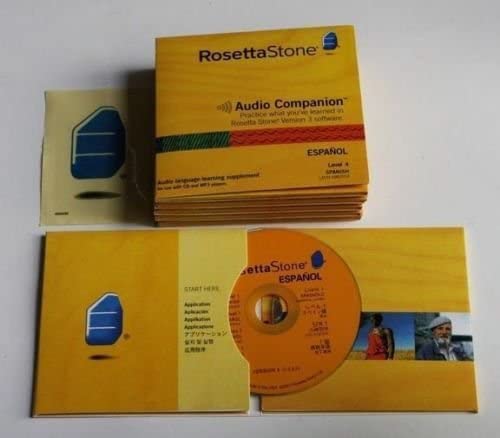
Learning a new language can be daunting, but with Rosetta Stone’s Spanish program, it doesn’t have to be. This software has been around for decades and has helped millions of people achieve fluency in a new tongue. In this review, we’ll take a closer look at what the program has to offer and whether it’s worth the investment.
What Is Rosetta Stone?
Rosetta Stone is a language-learning software that uses a combination of images, audio, and interactive activities to teach users a new language. It’s named after the ancient stone that was used to decipher Egyptian hieroglyphics, and the software’s design is based on the idea that humans learn language through immersion.
What Makes Rosetta Stone Different?
Unlike traditional language-learning programs, Rosetta Stone doesn’t rely on translation or memorization. Instead, the program uses a patented speech recognition engine that compares your pronunciation to that of a native speaker. This helps users develop authentic accents and feel more confident speaking the language.
Benefits of Using Rosetta Stone
There are many benefits to using Rosetta Stone for language learning. Here are just a few:
- Immersion-Based Learning: Rosetta Stone’s immersive approach simulates the way people naturally learn language, which can make the learning process more effective.
- Convenience: The program is available online or for download, so you can learn at your own pace and on your own schedule.
- Personalized Learning: Rosetta Stone uses adaptive learning technology to track your progress and adjust the lessons accordingly.
- Accessibility: The software is designed to be user-friendly and accessible to all ages and skill levels.
What’s Included?
Rosetta Stone’s Spanish program includes three levels of content, each with four units. Each unit contains several lessons, and each lesson has four parts:
- Core Lesson: This is the main lesson, which teaches new vocabulary and grammar concepts.
- Vocabulary: This section focuses on reviewing and practicing the new vocabulary introduced in the lesson.
- Active Practice: This is where users get to apply what they’ve learned to real-life scenarios, using speaking and writing skills.
- Extended Learning: This section includes additional reading and listening activities to reinforce the new concepts.
Level 1
Level 1 is designed for beginners who are just starting to learn Spanish. The content introduces basic vocabulary and grammar concepts, such as greetings, numbers, and simple sentence structures. By the end of this level, users should be able to handle basic conversations in Spanish.
Level 2
Level 2 builds on the foundation laid in Level 1 and introduces more complex grammar concepts and vocabulary. Users will learn to express opinions, talk about past events, and use idiomatic expressions. By the end of this level, users should be able to handle more complex conversations in Spanish.
Level 3
Level 3 is for more advanced learners who are looking to refine their conversational skills. This content focuses on more complex grammar structures, such as subjunctive verb forms, and includes topics like cultural differences and social issues. By the end of this level, users should be able to handle conversational and written tasks with more confidence.
Installation and Setup
Installing Rosetta Stone is simple and straightforward. After purchasing the software, users can download it directly from the Rosetta Stone website. The software is compatible with both Windows and Mac operating systems.

Once the software is installed, users will be prompted to create a login and password. From there, they can select their language and begin the course. The program is designed to be user-friendly and intuitive, so users should be able to get started with minimal assistance.
User Experience
The user interface for Rosetta Stone is clean, modern, and easy to navigate. The software includes a virtual tutor, who guides users through each lesson and provides feedback on speaking, pronunciation, and writing. The speech recognition technology is impressive, and it’s amazing to see how quickly the program can identify and correct pronunciation errors.
One minor issue with the software is that it can be repetitive at times. Each lesson follows a similar format, and users may find themselves getting bored with the material. Additionally, because the program is designed for immersion-based learning, there are no translations provided for new vocabulary or grammar concepts. This can be frustrating for users who want to understand the meaning of each word or phrase.
Pricing
Rosetta Stone’s Spanish program is relatively expensive, with prices ranging from $139 to $249, depending on the level and delivery method. However, the program does come with a 30-day money-back guarantee, so users can try it out risk-free. Additionally, Rosetta Stone occasionally offers discounts and promotions that can make the program more affordable.
Conclusion
Overall, Rosetta Stone is a great tool for learning Spanish. The software’s immersive approach to language learning is effective, and the speech recognition technology is impressive. While the program can be repetitive at times and may not be suitable for those who prefer traditional learning methods, it’s an excellent option for anyone looking to achieve fluency in Spanish.

![Amazon.com: Band-in-a-Box 2019 Pro for Mac [Old Version]](https://www.coupondealsone.com/wp-content/uploads/2024/04/2O6e4Cw25Z6a.jpg) Band in a Box 2019 Flash Drive Review
Band in a Box 2019 Flash Drive Review 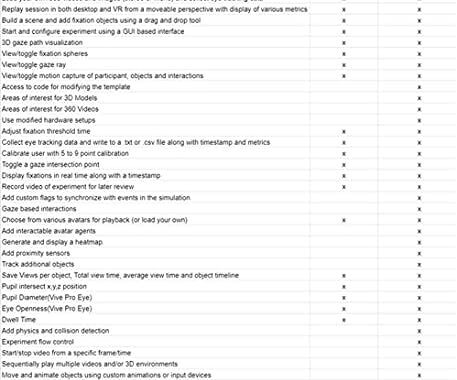 WorldViz SightLab Tracking Software Omnicept Review
WorldViz SightLab Tracking Software Omnicept Review 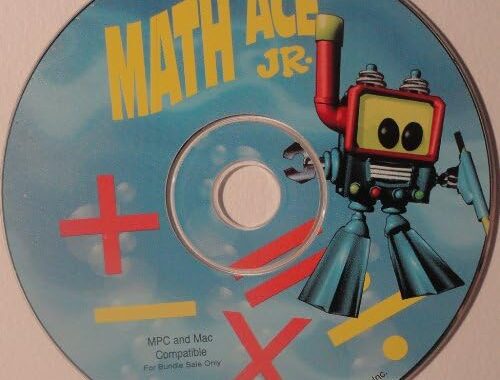 Math ACE Jr. Review: A Must-Have Learning Tool for Kids Ages 4-8
Math ACE Jr. Review: A Must-Have Learning Tool for Kids Ages 4-8 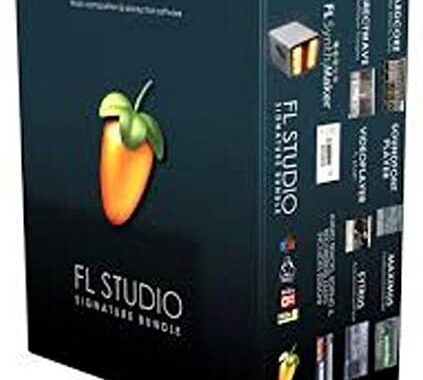 Review of Image Line Software Studio Signature Bundle
Review of Image Line Software Studio Signature Bundle 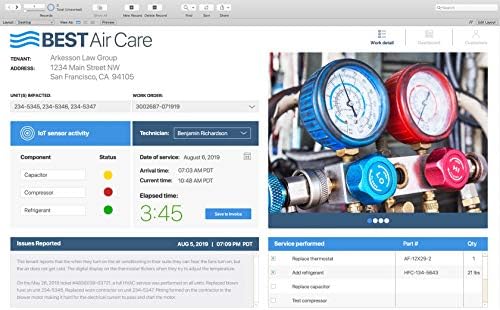 FileMaker Pro Advanced Review
FileMaker Pro Advanced Review ![Amazon.com: Punch! ViaCAD 2D/3D v12- For Mac [Mac Download] : Software](https://www.coupondealsone.com/wp-content/uploads/2024/04/YBusi9QdX6E2.jpg) ViaCAD v12 for Mac Review
ViaCAD v12 for Mac Review  Elevate Your Baking with the Stylish and Powerful Drew Barrymore 5.3-Quart Stand Mixer
Elevate Your Baking with the Stylish and Powerful Drew Barrymore 5.3-Quart Stand Mixer  Review of the Sterilizer Charging Wireless Certified Sanitizer
Review of the Sterilizer Charging Wireless Certified Sanitizer  DESTEK VR Controller Review
DESTEK VR Controller Review 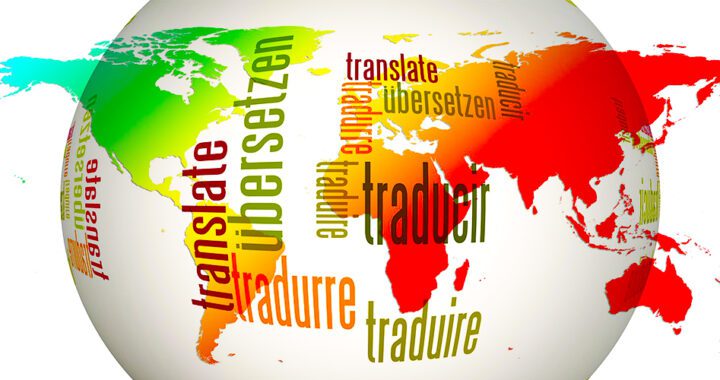 Translate English to Albanian Review
Translate English to Albanian Review